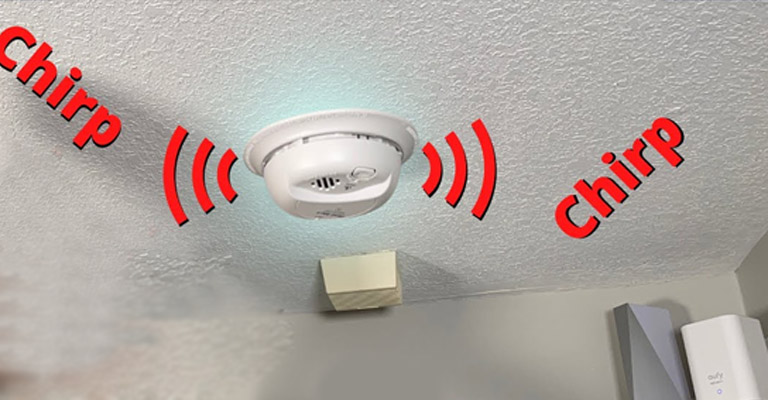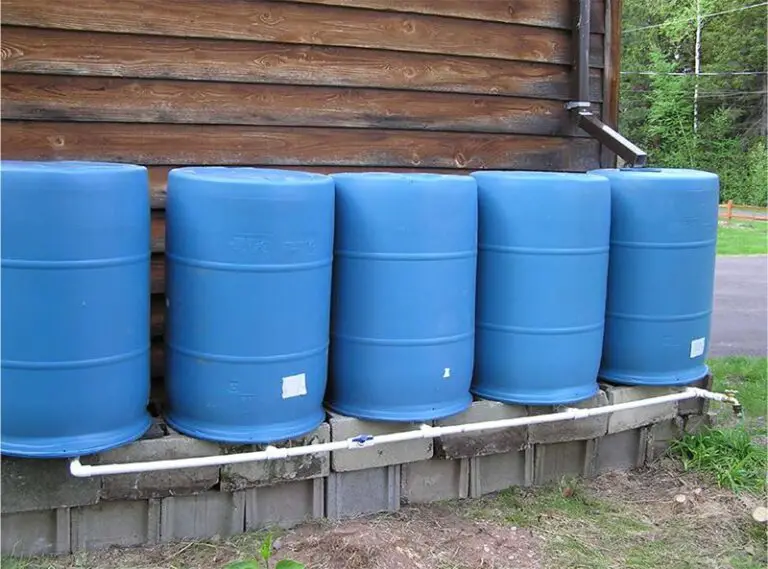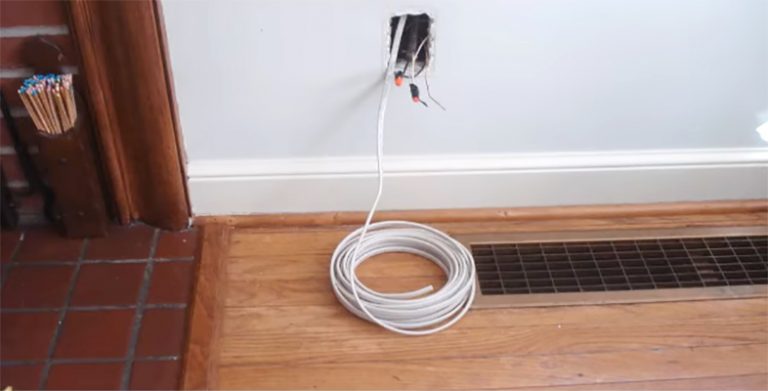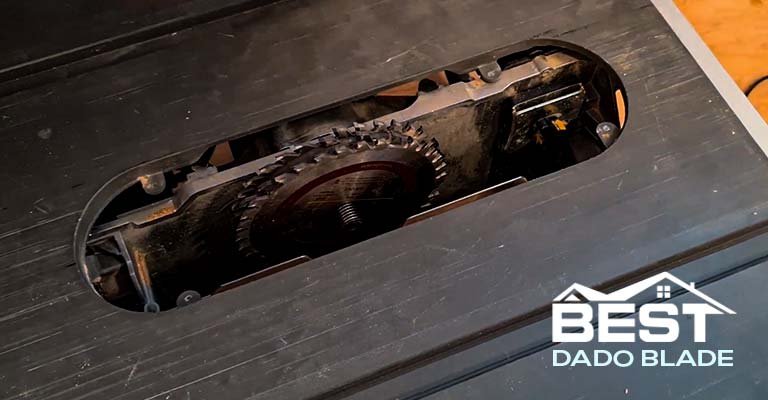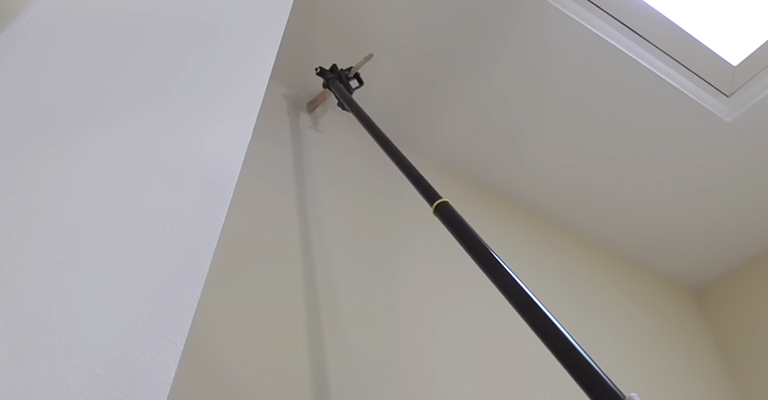Furnace Blowing Cold Air? Here’s What You Need to Know!
A well-functioning furnace is essential for maintaining a comfortable temperature in your home during the colder months. But what happens when your furnace starts blowing cold air instead of warm, cozy air?
This issue can be quite frustrating, especially when you’re expecting a warm, inviting atmosphere. In this article, we will discuss the common reasons behind a furnace blowing cold air, along with the necessary steps to diagnose and fix the problem.
Heater Blowing Cold Air? These Are the Possible Reasons
Hot Air and Cool Air in Air Ducts
1. Thermostat Settings
The first thing to check when your furnace is blowing cold air is the thermostat settings. Ensure that the thermostat is set to “auto” and not “on.” When the thermostat is set to “on,” the fan will continue to blow air even when the furnace isn’t actively heating it. This may result in cold air being circulated throughout your home. Switching the thermostat to “auto” will ensure that the fan only blows warm air when the furnace is actively heating.
2. Overheating Furnace
An overheating furnace can also cause it to blow cold air. When the furnace overheats, it will shut down the burners to protect itself from damage. However, the fan will continue to run, blowing cold air throughout your home. Overheating can be caused by a dirty air filter, which restricts airflow and forces the furnace to work harder. To fix this issue, replace the air filter and see if the problem persists. If it does, consult a professional HVAC technician.
3. Ignition Problems
A malfunctioning ignition system may cause your furnace to blow cold air. If the pilot light or electronic ignition is not functioning correctly, the burners won’t ignite, and your furnace will not produce heat. To troubleshoot this issue, check the pilot light and ignition system. If the pilot light is out, try relighting it. If the electronic ignition is faulty, it may need to be replaced by a professional.
4. Leaky Ductwork
Leaky ductwork can also be responsible for your furnace blowing cold air. If there are gaps or cracks in your ducts, cold air from your attic or crawl space may be mixed with the warm air from your furnace, resulting in cold air being blown into your home. Inspect your ductwork for leaks and seal any gaps you find with duct tape or mastic. If you suspect significant leaks in your duct system, consult an HVAC professional for a thorough inspection and repair.
5. Fuel Supply Issues
A fuel supply problem can cause your furnace to blow cold air. If you have a gas furnace, check to ensure the gas supply valve is open, and there’s no interruption in your gas supply. For oil furnaces, check the oil level in the tank and ensure that the oil supply valve is open. If there’s a fuel supply issue, contact your utility company or an HVAC technician for assistance.
6. Damaged Heat Exchanger
A damaged or cracked heat exchanger can also result in your furnace blowing cold air. The heat exchanger is responsible for transferring heat from the combustion process to the air being circulated throughout your home. If it’s damaged, it can’t efficiently transfer heat, causing the furnace to blow cold air. A damaged heat exchanger is a serious issue that requires immediate attention, as it can lead to carbon monoxide leaks. Contact a professional HVAC technician to inspect and replace the heat exchanger if necessary.
What to Do When Your Furnace Blows Cold Air
Heating System and Furnace’s Heat Exchanger
If you’re experiencing a furnace blowing cold air, follow these steps to troubleshoot and resolve the issue:
Step 1: Check Thermostat Settings
Make sure the thermostat is set to “auto” rather than “on.” This will ensure that the fan only blows warm air when the furnace is actively heating.
Step 2: Inspect the Air Filter
Examine the air filter for dirt and debris. If it’s dirty, replace it with a new one. A clean air filter will help maintain proper airflow and prevent overheating.
Step 3: Examine the Ignition System
Check the pilot light or electronic ignition to ensure it’s functioning correctly. If the pilot light is out, try relighting it. If the electronic ignition is faulty, contact a professional HVAC technician for replacement.
Step 4: Inspect Ductwork
Check your ductwork for any gaps, cracks, or leaks. Seal any openings with duct tape or mastic. If you suspect significant leaks, contact an HVAC professional for a thorough inspection and repair.
Step 5: Assess Fuel Supply
For gas furnaces, make sure the gas supply valve is open and there’s no interruption in your gas supply. For oil furnaces, check the oil level in the tank and ensure the oil supply valve is open. If there’s a fuel supply issue, contact your utility company or an HVAC technician for assistance.
Step 6: Contact a Professional
If the above steps don’t resolve the issue or if you suspect a more serious problem like a damaged heat exchanger, it’s crucial to contact a professional HVAC technician for a thorough inspection and repair.
Step 7: Schedule Regular Maintenance
To prevent future issues and extend the lifespan of your furnace, schedule annual tune-ups with an HVAC professional. Regular maintenance can help ensure your furnace remains in optimal working condition and keep your home comfortable throughout the cold months.
Conclusion
Gas Valve and Flame Sensor
If your furnace is blowing cold air, it’s essential to address the issue promptly to maintain a comfortable and safe environment in your home. Checking the thermostat settings, inspecting the air filter, and examining the ignition system are some of the steps you can take to troubleshoot the problem. However, if the issue persists or if you suspect a more serious problem like a damaged heat exchanger or fuel supply issue, it’s crucial to contact a professional HVAC technician for a thorough inspection and repair.
Heating Cycle and Natural Gas
Regular maintenance of your furnace can help prevent such issues and extend its lifespan. Scheduling annual tune-ups with an HVAC professional can ensure that your furnace remains in optimal working condition and keep your home cozy and comfortable throughout the cold months.
Pilot Light Assembly
In summary, a furnace blowing cold air can be a result of several factors, including incorrect thermostat settings, an overheating furnace, ignition problems, leaky ductwork, fuel supply issues, or a damaged heat exchanger. Identifying and addressing the root cause of the problem is essential to maintain the comfort and safety of your home. Always consult a professional HVAC technician if you’re unsure about the cause of the issue or if you need assistance with repairs or maintenance. By taking these steps, you can ensure that your furnace continues to provide warm, comfortable air throughout your home during the cold season.

